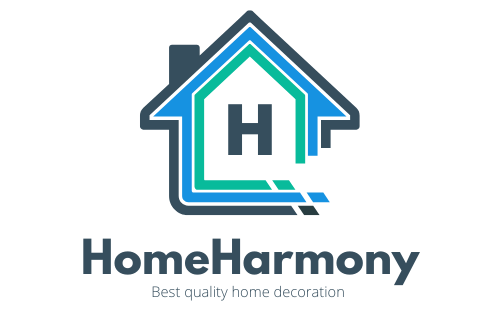The Fall of the McMansion Era
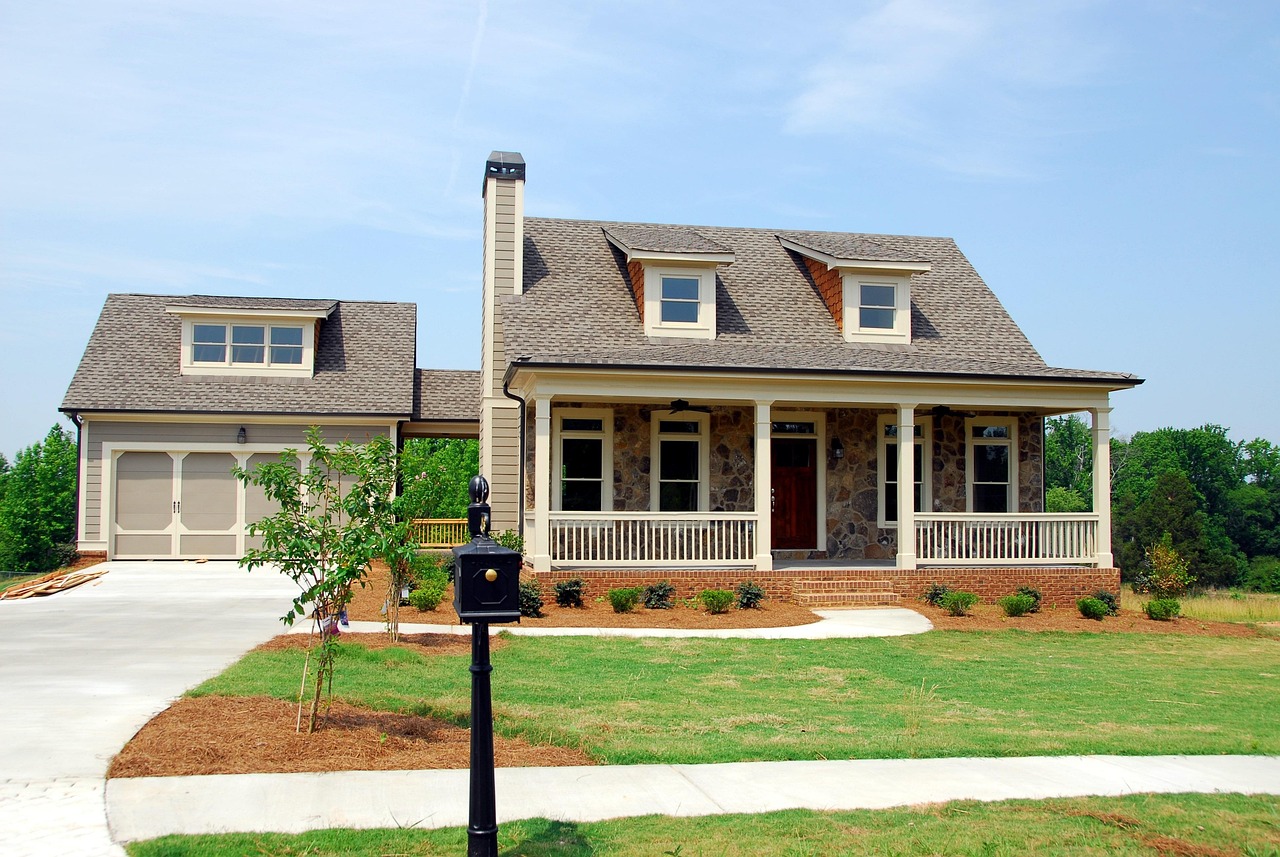
Just a decade ago, sprawling McMansions dotted suburban skylines. These oversized homes, often over 3,000 square feet, symbolized status and the American Dream for many. However, recent data from the National Association of Home Builders reveals that the average size of new homes has been shrinking since 2015, hitting a low in 2024 not seen since 2010. Buyers now prioritize efficiency and comfort over sheer square footage. An April 2025 survey by Redfin shows that 68% of homebuyers under 40 prefer smaller, more manageable homes. The shift away from McMansions is clear, with sales of homes over 4,000 square feet declining by 11% in the last year alone. Today, the oversized dream house is losing its appeal.
Why Smaller Homes Are on the Rise
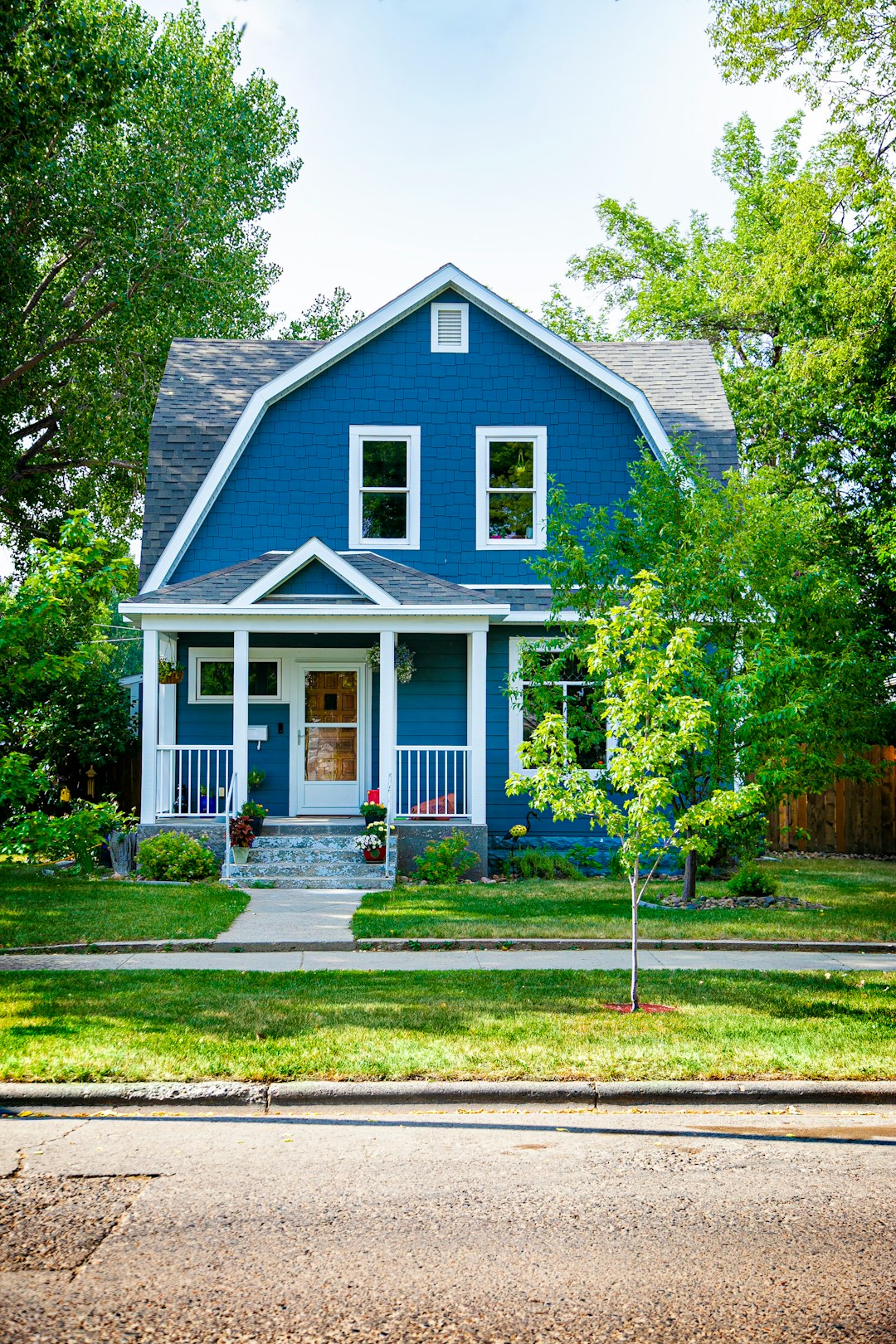
Rising mortgage rates and skyrocketing construction costs have made large homes less attainable for most Americans. According to Freddie Mac, the average mortgage rate climbed above 7% in early 2025, pushing many buyers to rethink their priorities. Compact homes mean lower utility bills, less furniture, and reduced maintenance. Millennials and Gen Z, who now make up the largest share of buyers, are much more interested in affordability and sustainability. The U.S. Census Bureau reported in March 2025 that 54% of new single-family homes built in 2024 were under 2,200 square feet. Empty nesters are also looking to downsize, creating even more demand for modestly sized homes.
The Influence of Remote Work

The remote work revolution sparked by the pandemic has changed what Americans want in a home. No longer bound by commuting distance, buyers value functional layouts over grand foyers or two-story living rooms. Zillow’s 2024 consumer trends report found that 73% of remote workers want a dedicated office, but only 18% desire extra-large living spaces. Flexible, multi-purpose rooms now top wish lists. As a result, builders design homes with convertible areas instead of wasted square footage. Home offices, reading nooks, and cozy dens are replacing unused formal dining rooms and rarely visited guest suites.
Sustainability Is Driving Choices
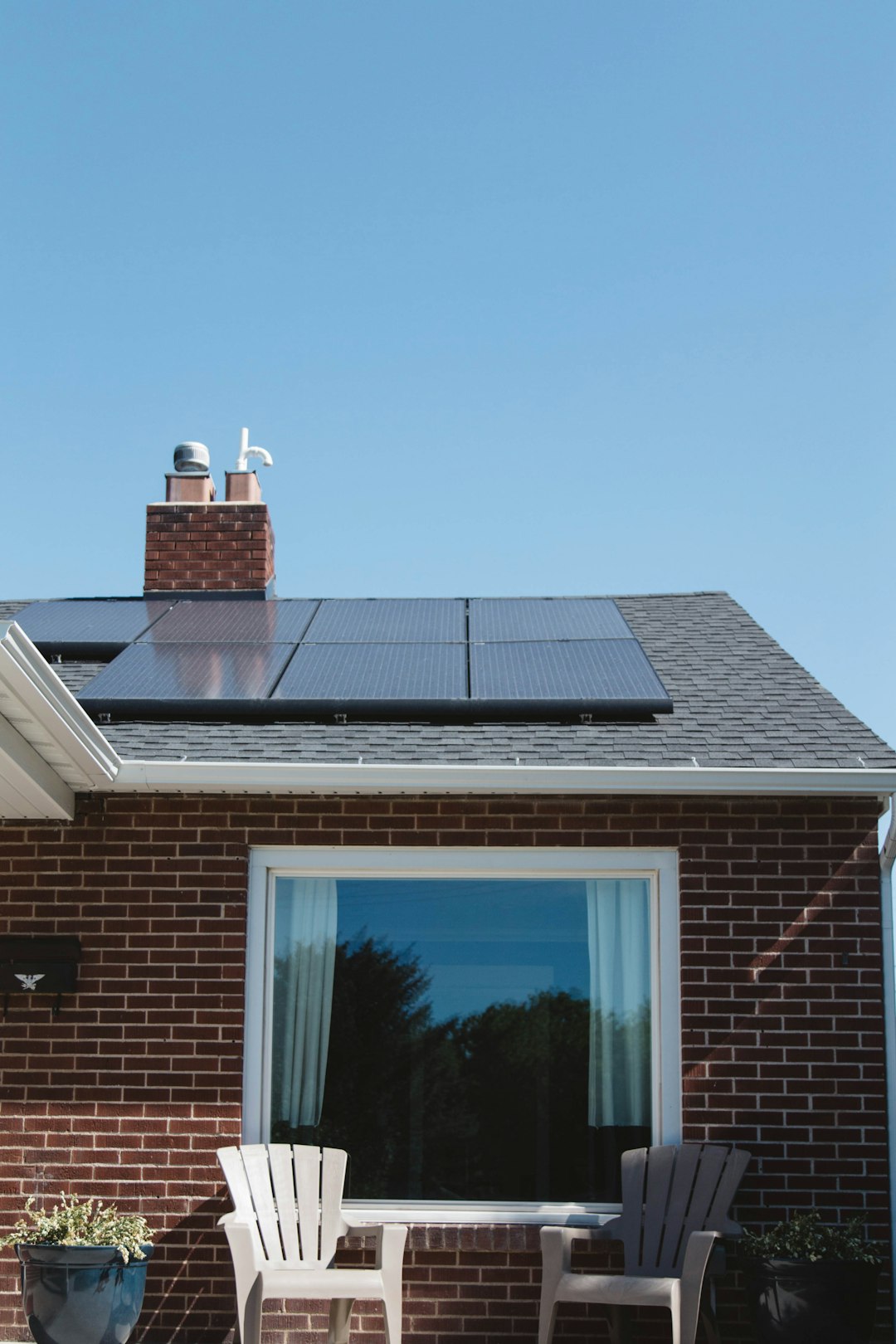
Environmental concerns are reshaping the American home. A 2025 survey by the National Association of Realtors revealed that 62% of buyers consider energy efficiency extremely important. Smaller homes naturally use less energy, making them easier to insulate and cheaper to heat or cool. Solar panels, energy-efficient appliances, and smart thermostats are standard features in many new builds. The EPA reported that new homes built in 2024 used 27% less energy on average than those built in 2012. This shift is not just about saving money—it’s about reducing carbon footprints and embracing a more responsible way to live.
The Return of Walkable Neighborhoods

Homebuyers are turning away from isolated developments in favor of walkable communities. According to the Urban Land Institute’s 2025 Emerging Trends in Real Estate report, demand for homes in mixed-use neighborhoods has increased by 19% since 2022. People want to stroll to coffee shops, parks, and local schools instead of relying on their cars. Smaller lots and compact homes make these communities possible. Walkability also fosters a stronger sense of community and increases property values. As a result, developers are reimagining neighborhoods with sidewalks, bike lanes, and shared green spaces.
Minimalism and Simplicity Rule Design
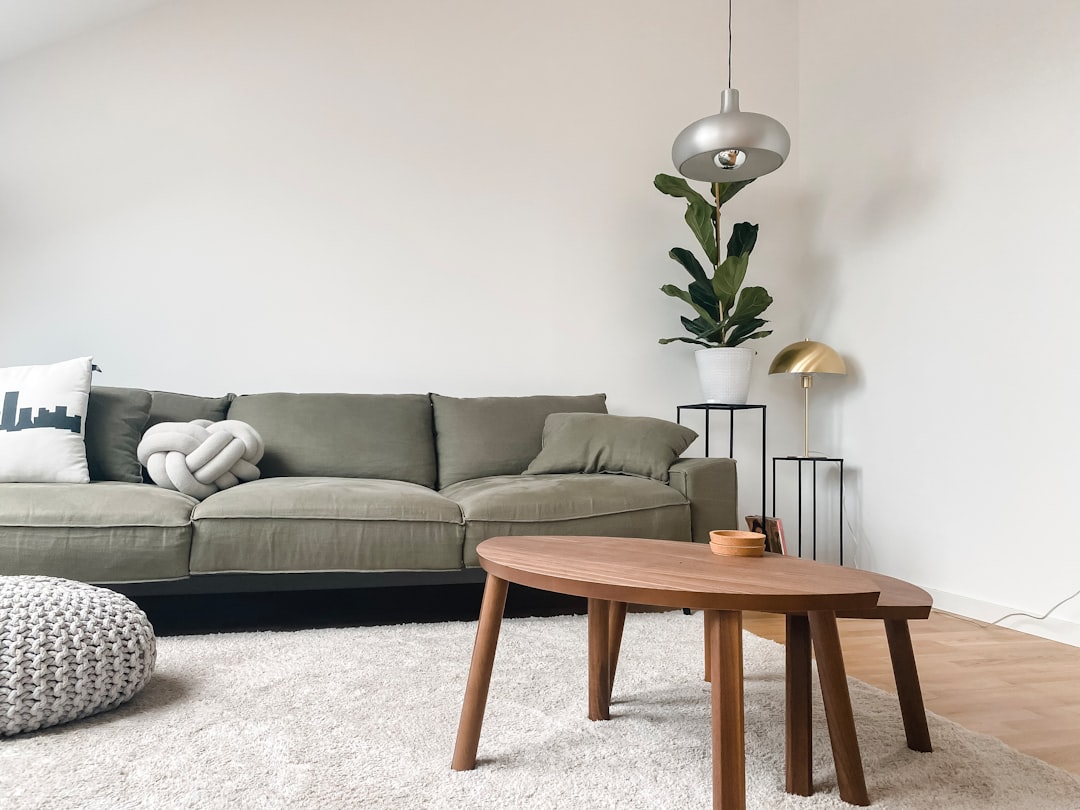
The minimalist movement in home design is stronger than ever. Clean lines, neutral colors, and clutter-free spaces are in high demand. Houzz’s 2025 home design survey showed that 59% of homeowners are downsizing their possessions to match their smaller homes. Open shelving, built-in storage, and multipurpose furniture keep spaces organized. The focus is on quality over quantity, with people investing in durable, timeless pieces rather than filling rooms with excess. This design approach creates calm, inviting environments that feel both modern and warm.
Affordability Remains the Top Concern

Affordability is shaping every decision in the current housing market. The median price for a new home in the U.S. reached $426,000 in early 2025, according to the U.S. Census Bureau. Wages have not kept pace, making large homes a luxury few can justify. As a response, builders are offering smaller floor plans and more efficient construction methods to keep prices in check. Shared amenities like community gardens, pools, and coworking spaces help offset the loss of private square footage. The trend toward more affordable homes reflects both economic realities and changing lifestyles.
Rise of Accessory Dwelling Units (ADUs)

Accessory Dwelling Units—backyard cottages, garage apartments, and in-law suites—are booming across the country. In California, for example, permits for ADUs jumped by 48% between 2022 and 2024, according to the California Department of Housing and Community Development. These small, self-contained units allow families to house aging parents, adult children, or generate rental income. Cities from Portland to Austin have relaxed zoning laws to encourage ADU construction. The flexibility and affordability of ADUs make them a smart solution to housing shortages and changing family needs.
Health and Wellness-Focused Spaces

Wellness is now front and center in home design. The American Institute of Architects reported in February 2025 that 51% of new home designs feature wellness amenities such as natural lighting, improved ventilation, and air purification systems. Homeowners are carving out meditation corners, yoga rooms, and spaces for indoor plants. Touchless faucets, antimicrobial surfaces, and filtered water systems are increasingly common. These features not only improve physical health but also boost mental well-being. The trend reflects a growing desire to make homes a sanctuary from the outside world.
Technology Is Transforming Living Spaces

Smart home technology is no longer a luxury—it’s an expectation. The Consumer Technology Association’s 2025 report shows that 82% of new homes come equipped with smart thermostats, security cameras, and app-controlled lighting. Voice-activated assistants manage everything from grocery lists to entertainment systems. Energy monitoring devices help homeowners track and reduce their usage. These technologies make smaller homes feel more spacious and functional. Builders are integrating smart features from the ground up, making life easier and more connected for everyone.
Customization Over Cookie Cutter

Homebuyers want spaces that reflect their personalities and lifestyles, not just another floor plan off the assembly line. According to the National Association of Home Builders’ 2024 survey, 66% of buyers said customization influenced their purchase decision. Features like personalized color palettes, unique kitchen layouts, and flexible outdoor spaces are in demand. Builders now offer more options for finishes, fixtures, and materials than ever before. This move away from cookie-cutter design is making even modest-sized homes feel special and tailored to their owners.
The Future of American Homes

Americans are redefining what “home” means in 2025. Smaller, smarter, and more sustainable homes are leading the way. This shift is not just about saving money or energy—it’s about creating spaces that truly work for modern lives. The days of the oversized McMansion may be fading, replaced by thoughtful design and real community. As people continue to rethink their needs and priorities, the American Dream is being built anew, one smaller, smarter home at a time.

Lena is a thoughtful and imaginative writer with a passion for storytelling across the themes of travel, environmental sustainability, and contemporary home aesthetics. With a background in cultural media and a strong visual sensibility, Anna Lena creates content that bridges inspiration with practical insight.
Her work explores the interplay between place, lifestyle, and design—guiding readers through meaningful travel experiences, eco-conscious choices, and modern approaches to living well. Known for her elegant writing style and attention to detail, she brings a fresh, human-centered perspective to every topic she covers.
Anna Lena contributes to digital publications and editorial projects where aesthetics meet purpose. Her writing not only informs but also encourages readers to live more intentionally, sustainably, and beautifully—wherever they are in the world.
